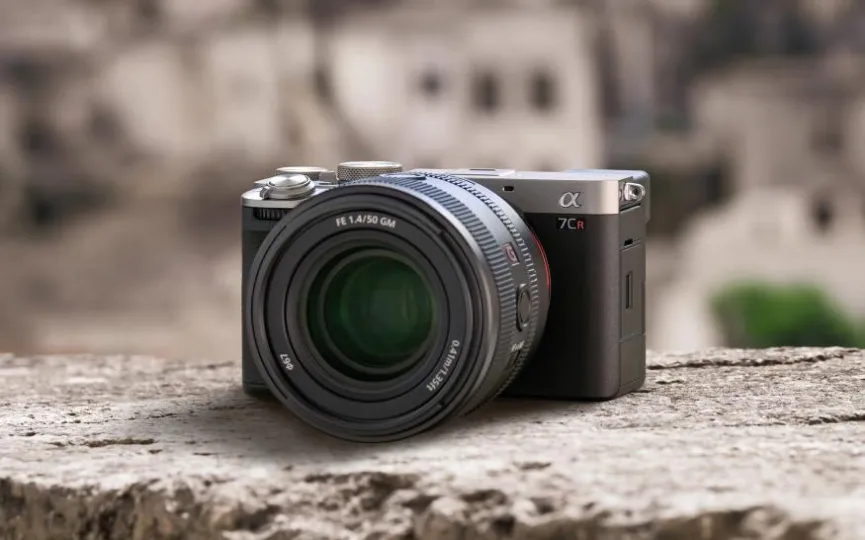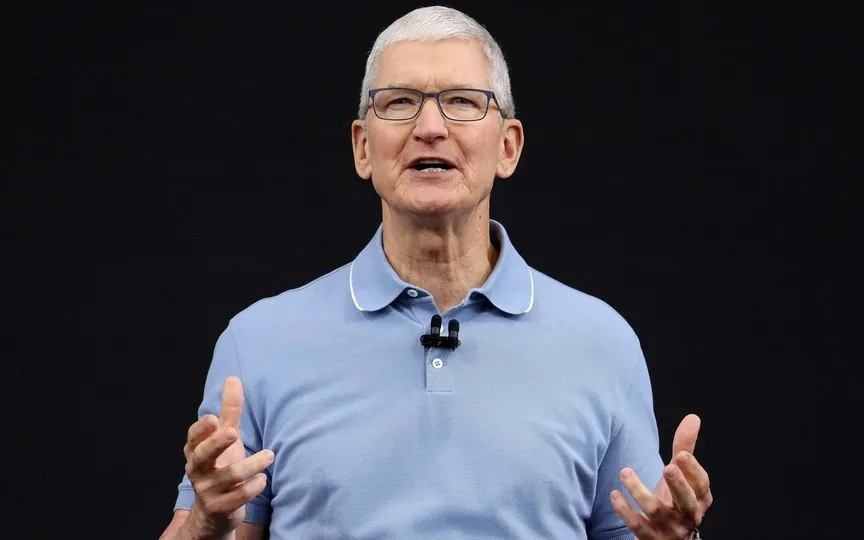Sony’s A7C Series Cameras Provide Premium Quality at an Affordable Price
Sony has recently divided its compact full-frame A7C series into two, presenting more affordable alternatives to their premium cameras, similar to what they did with the ZV-E1 vlogging camera. The latest additions include the A7C II, a 33-megapixel model based on the A7 IV, and the A7C R, a smaller version of the A7R V with 61 megapixels. While both models boast impressive power and improved ergonomics, they do not include certain features that professionals often consider crucial.
Sony A7C R
We’ll start with the A7C R because it’s a completely new model. It has a softer, more durable material and a deeper handle. It also comes with an extra grip that extends the length and gives you a place to put your pinky finger – a nice addition that unfortunately also makes the camera less compact.
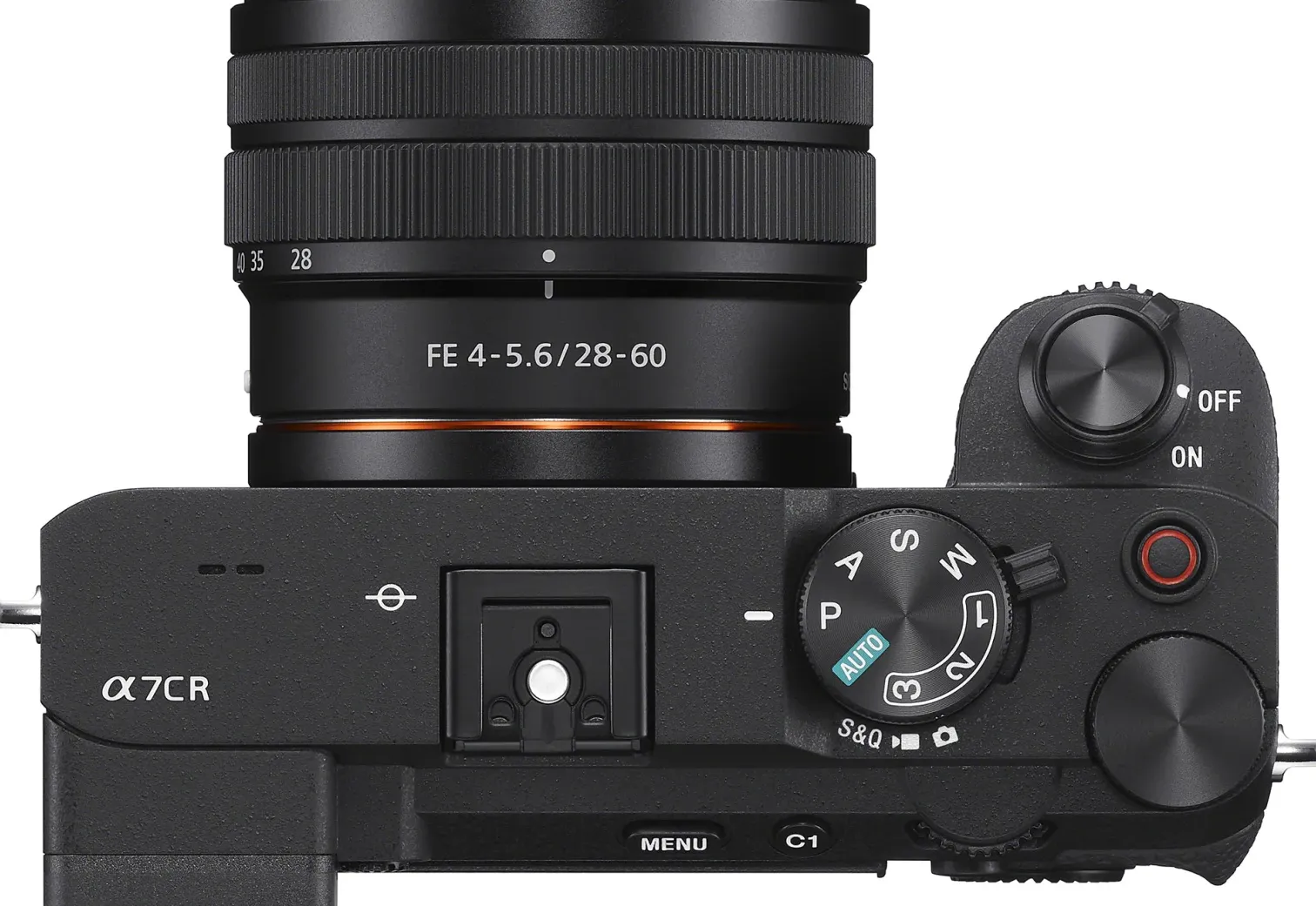
However, these are important improvements that address the ergonomic issues I’ve noticed with previous Sony models – especially when using them during a long day of shooting. Sony also added a front dial so you can more easily adjust aperture/shutter speed/exposure compensation, as well as a separate video/photo/S&Q dial. And of course, the A7C R weighs just 515 grams (18.2 ounces) compared to the A7R V’s 723 grams (25.5 ounces) and is almost half the size. This makes it a better choice for street photography and more.
It has a flip-out 1 million dot screen and a 2.36 million dot OLED electronic viewfinder with a slightly improved 0.70x magnification compared to the A7C II. It also offers full body in-body stabilization with a 7.0 compensation setting (depending on the lens) – a nice feature for such a small camera. Other features include microphone/headphone ports, USB-C 3.2, micro HDMI connector and one UHS-II card slot. The latter feature is an obstacle for many professionals, as there is no backup for potentially priceless images.
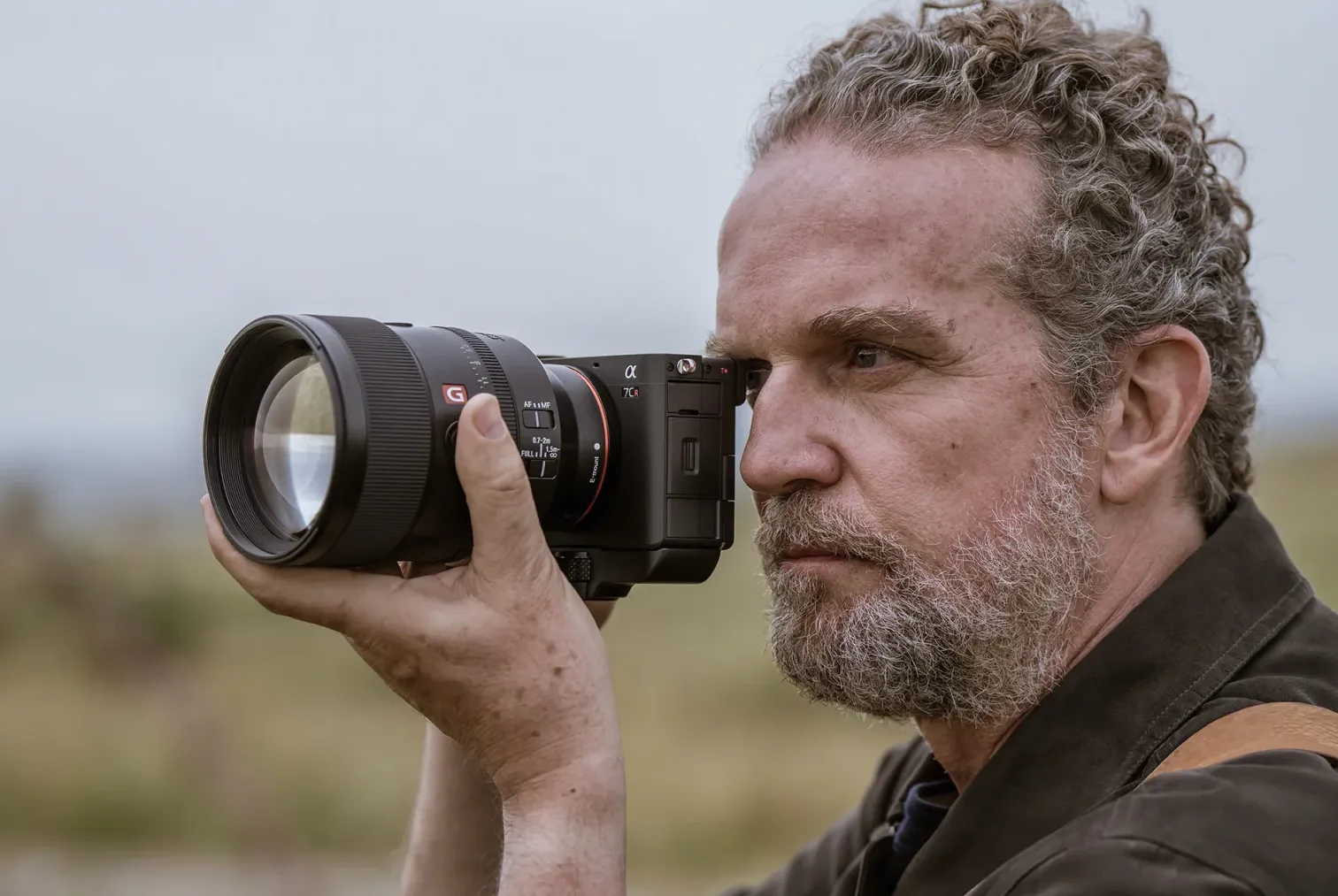
In terms of photographic capabilities, it is close to the A7R V with a few notable differences. You can shoot 61MP RAW images at up to 8 frames per second compared to the A7R V’s 10 frames per second. However, the A7C R has a smaller buffer and one slower SD UHS-II card slot (the A7R V has double height). -speed CFexpress Type A and SD UHS II slots), so you won’t be able to take nearly as many photos in a burst. Like the A7R V, the A7C R has 693 AF points and 79 percent coverage. It uses the same processor, so it should offer about the same AF performance in terms of continuous shooting, AI tracking and more.
Most importantly, you can expect identical image quality to the A7R V. As I said about the latter in my review, with very high resolution and the lack of an anti-aliasing filter, only Hasselblad and Fuji’s 100 megapixel medium cameras offer more accuracy. It also features Sony’s Pixel Shift Multi-Shot, which can quadruple the resolution to 240.8 megapixels.
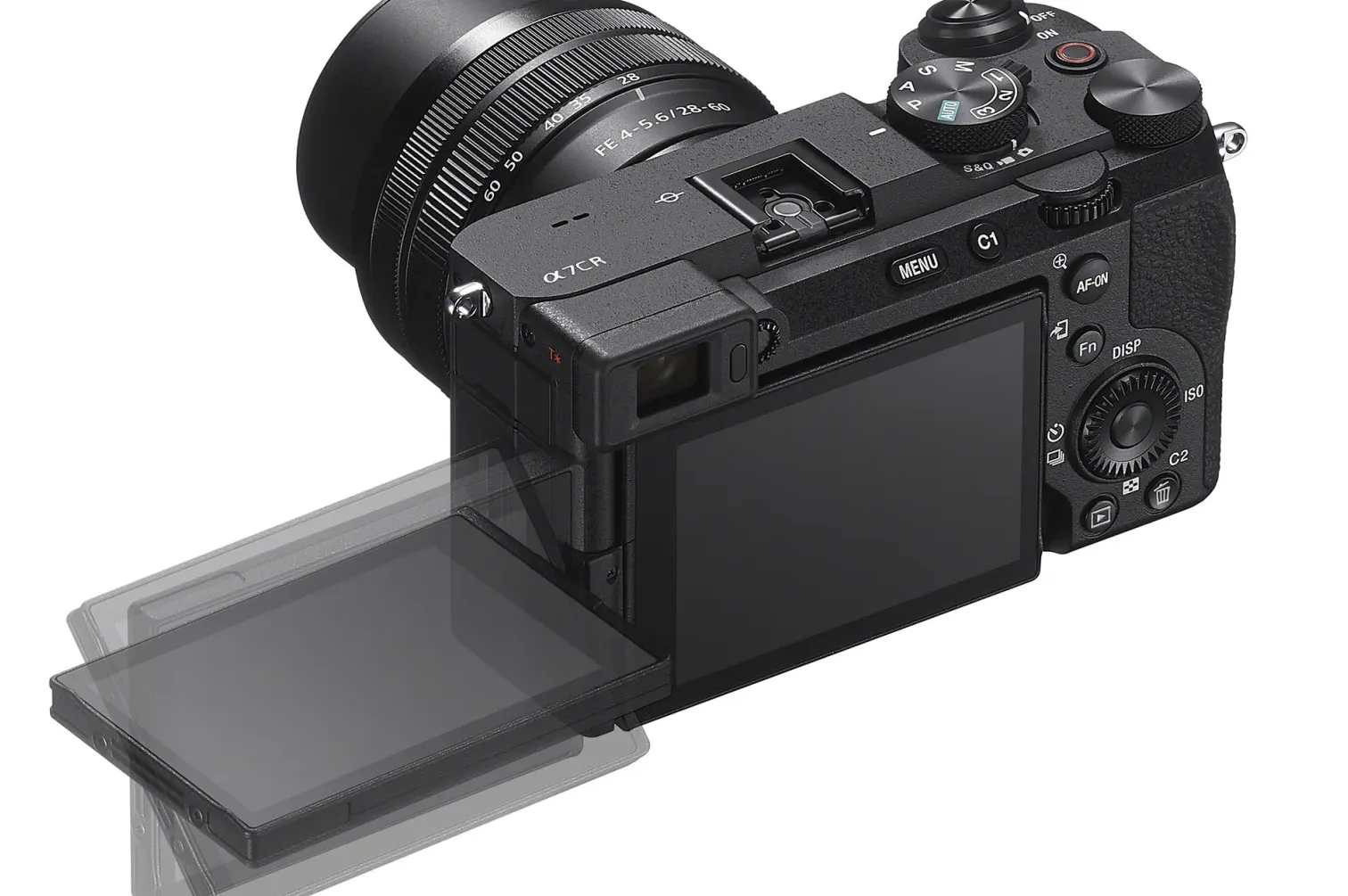
The A7C R can’t shoot 8K video like the A7R V, likely due to heating issues with the smaller body. However, it still offers 4K 60p full-frame video (with pixel binning) and 6.2K upsampled 1.5x cropped 4K 60p video. It comes with S-Log3, S-Cinetone and S-gamut3 Cine, records 10-bit 4:2:2 sample video and can shoot up to 120fps in 1080p mode. The data transfer rate is 600 Mbps in XAVC S-I 4K mode, but you need a (cheap) V90 SD card to record it.
This brings us to a very important aspect: price. The A7C R costs $3,000, or a full $900 less than the A7R V – giving many buyers extreme pause. It will arrive in the fall of 2023.
Sony A7C II
As mentioned, the A7C II has the same 33MP sensor and many of the same specs as the A7 IV. In terms of body and handling, the form factor and weight are identical to the A7C R – so you get the same extra disc, updated grip, improved EVF and other features mentioned earlier. However, unlike the A7C R, it doesn’t come with a grip extension in the box.
Shooting speeds are slightly faster at 10 fps in mechanical or electronic shutter mode. Incidentally, neither the A7C II nor the A7C R have fully mechanical shutters, instead using electronic first curtain shutters. This can cause bokeh issues when using lenses with very fast apertures, but is otherwise unnoticeable.
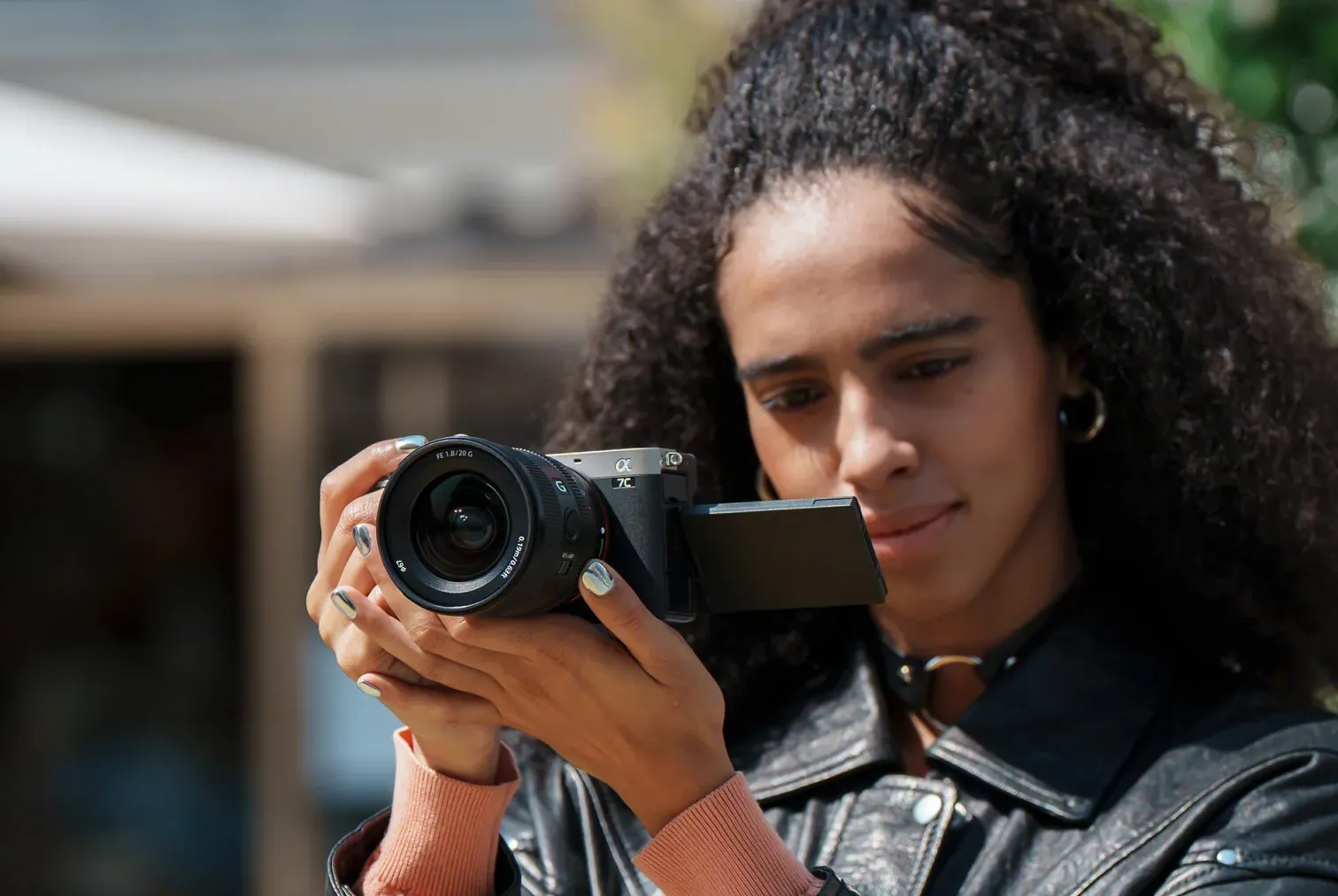
What’s interesting about the A7C II is that the autofocus is better than the A7 IV because it has the same AI processor unit as the A7C R (and the A7R V), which is missing from the A7 IV. This means you can expect improved subject detection, tracking and other features compared to the A7 IV. Compared to the A7C, however, Sony promises a 40 percent improvement in animal and bird AF tracking, a 60 percent improvement in eye focus, and a 20 percent improvement in automatic exposure tracking.
Again, the image quality should be the same as the A7 IV. The latter produces sharper images than the A7 III thanks to the extra resolution, but offers excellent low-light despite the smaller pixels. The downside of the A7 IV is the roller shutters, so expect the same problem with the A7C II.

In terms of video, the A7C II is actually a better option than the A7C R. It offers crisp full-frame 4K 30p video with 7K upsampling or 4K 60p with 1.5x cropping. You get 10-bit 4:2:2 color sampling with S-Log3 and S-Cinetone, and LUTs are available in-camera.
The Sony A7C II is available in silver and black and will arrive this fall for $2,200. That price is a substantial $300 less than the A7 IV, and it’s actually a better camera in some ways – provided the lack of a second card slot doesn’t bother you.

